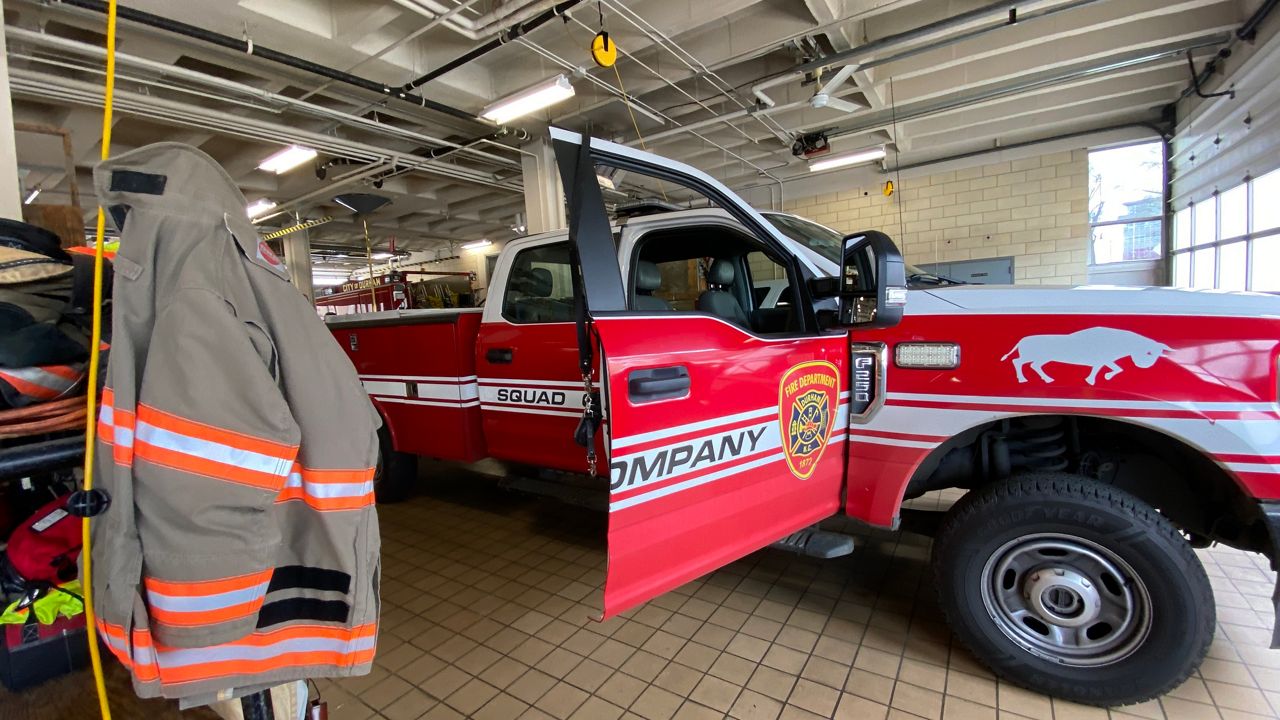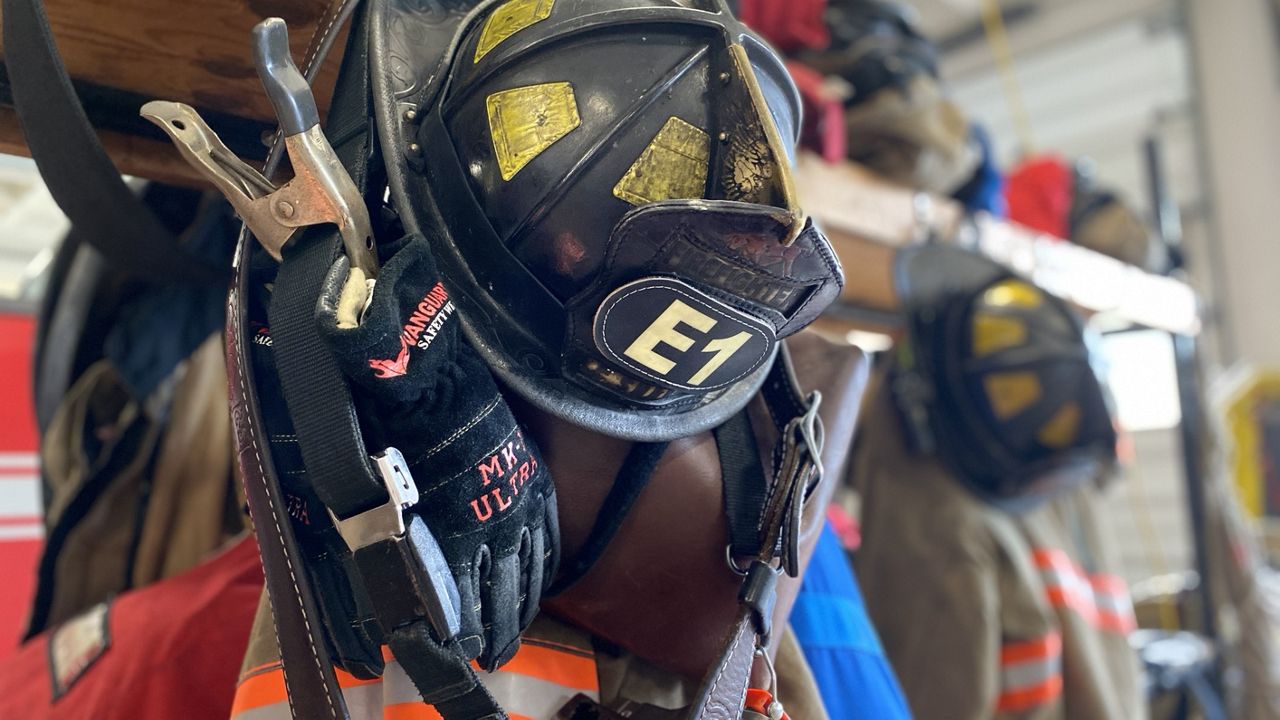DURHAM, N.C. — Their turnout gear sits ready, next to the open doors of the clean, well-polished red ladder truck at Fire Station 1 in downtown Durham, North Carolina.
When a call comes in, announced on a PA through the fire station, the firefighters kick off their shoes and step into the heavy protective gear. They’re in the truck and on their way in a matter of seconds.
The turnout gear, also called bunker gear, is three protective layers meant to keep firefighters safe from flames and heat. But there’s one thing in the special fabrics of the turnout gear that union officials say doesn’t belong in their equipment: toxic PFAS chemicals.
“Cancer is killing firefighters,” said Edward Kelly, president of the International Association of Firefighters. “These are the chemicals that are driving the cancer epidemic in the fire service.”
But a fire department can’t just switch out the gear for its firefighters. There are national standards for fire-resistant gear, and those standards include PFAS chemicals.
PFAS chemicals have been dubbed “forever chemicals” because they do not break down in the environment, and they accumulate. They’re used in everyday things like nonstick cookware, stain-resistant fabrics and food packaging.
The Environmental Protection Agency last year issued four drinking water advisories for PFAS chemicals. The EPA is working on new rules to define some PFAS chemicals as hazardous substances.
PFAS exposure can increase the risk of people developing certain cancers, lower liver function, increase cholesterol levels, and cause babies to be born with a low birth weight, according to the Centers for Disease Control and Prevention.

Kelly, who leads the union representing more than 330,000 firefighters in the United States and Canada, was in Durham on Wednesday for a meeting of the National Fire Protection Association Technical Committee. That’s the group responsible for setting the standards on turnout gear used by the Occupational Safety and Health Administration.
The union wants the committee to change the standards for firefighters’ gear to remove PFAS chemicals.
“Even if the city of Durham wants to go out and buy PFAS-free gear, they would not be complying with the standards of OSHA,” Kelly said.
“We will continue to do our jobs. We don’t have a choice, we will continue to wear that gear or else we will burn up in a fire,” said Scott Mullins, president of the Professional Fire Fighters and Paramedics of North Carolina.
“We need gear that is going to keep us safe and not kill us,” he said.
In the meantime, Dr. Dan Whu, a retired firefighter and chief medical officer for the union, said firefighters have to weigh the risks. He said the union recommends firefighters don’t wear the gear unless they are responding to something like a fire or major crash where they need the protection.
There are alternatives to using PFAS in firefighting gear, but departments can’t use that equipment unless the standards change.
“We can have safe gear without unsafe chemicals,” Whu said.
PFAS has also been long used in firefighting foam, especially at airports and military bases. But some states and the Department of Defense are phasing out the PFAS foam for other types of foam used to fight fires.
The foam containing PFAS has been linked to polluted water near military bases and airports around the country.
The National Fire Protection Association is considering changes to the standards for firefighting gear. The committee in charge of the rules is meeting this week in Durham and will meet again this summer.
The committee could issue a new rule in summer 2024. In the meantime, the union has formally asked the national association to speed up the process and get PFAS out of firefighting gear.



